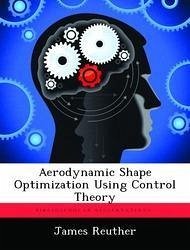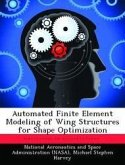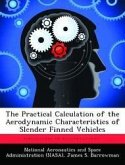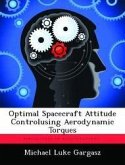Aerodynamic shape design has long persisted as a difficult scientific challenge due its highly nonlinear flow physics and daunting geometric complexity. However, with the emergence of Computational Fluid Dynamics (CFD) it has become possible to make accurate predictions of flows which are not dominated by viscous effects. It is thus worthwhile to explore the extension of CFD methods for flow analysis to the treatment of aerodynamic shape design. Two new aerodynamic shape design methods are developed which combine existing CFD technology, optimal control theory, and numerical optimization techniques. Flow analysis methods for the potential flow equation and the Euler equations form the basis of the two respective design methods. In each case, optimal control theory is used to derive the adjoint differential equations, the solution of which provides the necessary gradient information to a numerical optimization method much more efficiently then by conventional finite differencing. Each technique uses a quasi-Newton numerical optimization algorithm to drive an aerodynamic objective function toward a minimum. An analytic grid perturbation method is developed to modify body fitted meshes to accommodate shape changes during the design process. Both Hicks-Henne perturbation functions and B-spline control points are explored as suitable design variables. The new methods prove to be computationally efficient and robust, and can be used for practical airfoil design including geometric and aerodynamic constraints. Objective functions are chosen to allow both inverse design to a target pressure distribution and wave drag minimization. Several design cases are presented for each method illustrating its practicality and efficiency. These include non-lifting and lifting airfoils operating at both subsonic and transonic conditions.
Hinweis: Dieser Artikel kann nur an eine deutsche Lieferadresse ausgeliefert werden.
Hinweis: Dieser Artikel kann nur an eine deutsche Lieferadresse ausgeliefert werden.








